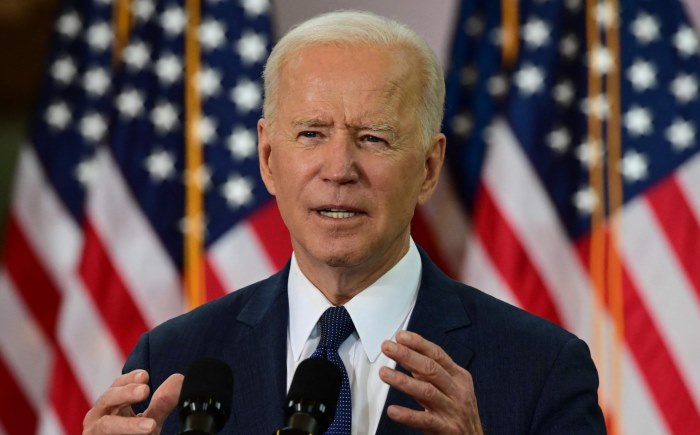U.S. News
Biden Gambles on Judicial Destiny with ‘Entirety of Government’ Strategies
The Biden administration’s expansive policy agenda has been underpinned by a controversial tactic termed the “whole-of-government approach.” This strategy aims to unify federal agencies behind a singular policy objective. It has sparked a firestorm of debate regarding its constitutional legality and alignment with the division of powers.
Judicial Intervention and Challenges to Executive Authority
Instances of executive agencies seemingly overreaching their designated powers have triggered legal confrontations. Courts, including the Supreme Court, have intervened in cases such as Alabama Association of Realtors v. HHS (2021) and National Federation of Independent Businesses v. Department of Labor (2022), reining in actions that courts deemed to have surpassed administrative authority. This is in the opinion of the Wall Street Journal
Executive Persistence Amidst Legal Resistance
Despite legal pushback, the administration has remained steadfast in implementing its mandates. Controversial policies, such as the Occupational Safety and Health Administration’s vaccine mandate for larger employers, encountered substantial legal hurdles. These culminated in judicial decisions against broad regulatory measures.
Emphasis on Environmental Action and Regulatory Uncertainties
President Biden and Vice President Harris have championed an extensive initiative to mitigate greenhouse gas emissions, leveraging executive actions and urging financial regulators to tackle environmental issues. Yet, critical regulatory proposals like the SEC’s climate disclosure rule remain pending, leaving businesses in limbo over potential future regulatory burdens.
Agency Overreach and Legal Friction
Expansions of agency mandates into unconventional spheres, exemplified by the Federal Highway Administration’s rule on greenhouse gas reduction targets, have sparked legal clashes. These clashes have arisen due to the extension of mandates beyond traditional regulatory boundaries. A coalition of states has contested these moves, highlighting concerns over agencies straying beyond their traditional jurisdictions.
Debate and Constitutional Implications
The “whole-of-government” approach, reminiscent of strategies in other nations, has sparked debates over its compatibility within the American governance framework. This prompts discussions on the balance of power between branches of government. It underscores the necessity for collaborative efforts between Congress and the executive to avoid potential constitutional violations while pursuing overarching national objectives.
Ongoing Legal and Constitutional Struggles
At the crux of this multifaceted discourse lies a tension between comprehensive policymaking and the imperative of upholding constitutional principlesaccording to Barron’s. The ongoing legal and constitutional battles underscore the pivotal juncture facing the administration’s ambitious policy agenda, as it navigates the complex terrain between expansive governance and constitutional constraints.

